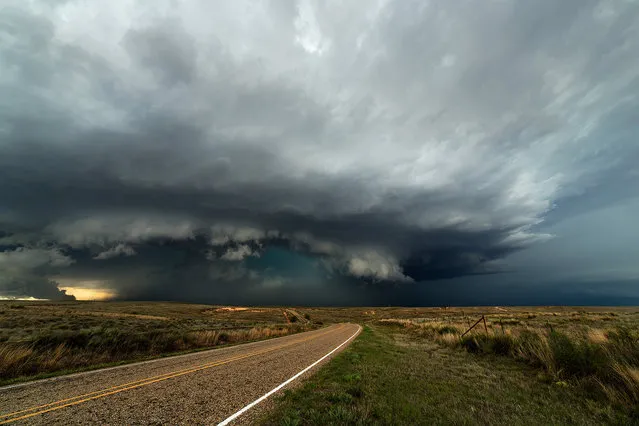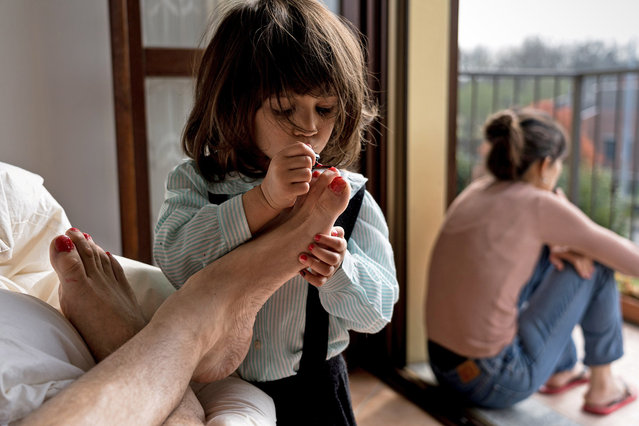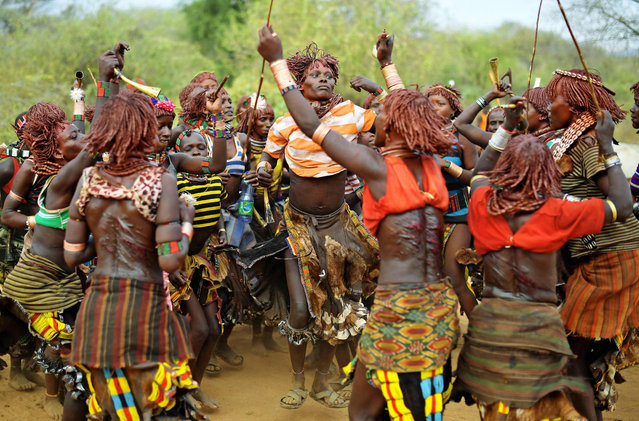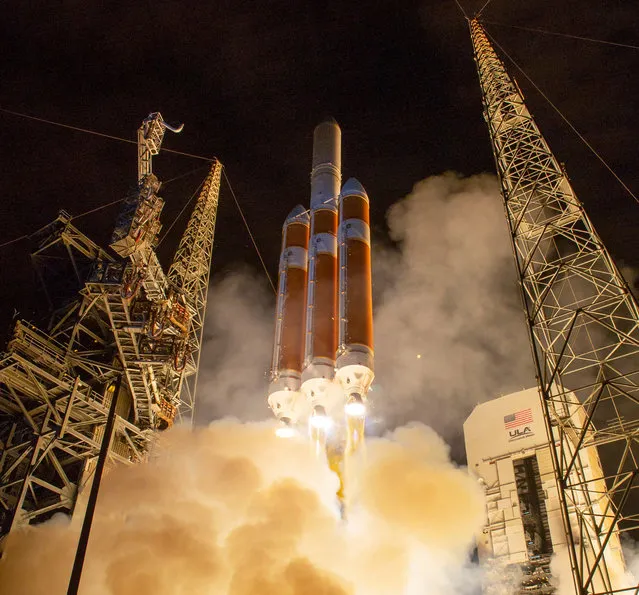
A Santa Claus taking a selfie on a surfboard is seen in the yard of a home in the Sleepy Hollow area of Torrance, California, United States, December 15, 2015. In many neighborhoods of Los Angeles, homeowners compete for the most lavish and creative holiday light displays. Torrance's Sleepy Hollow is one such neighborhood where every home outdoes the next: surfing Santas, life-size nativity scenes, ferris wheels, and giant inflatable snowmen line the lawns on every street. (Photo by Lucy Nicholson/Reuters)
19 Dec 2015 08:02:00,post received
0 comments







